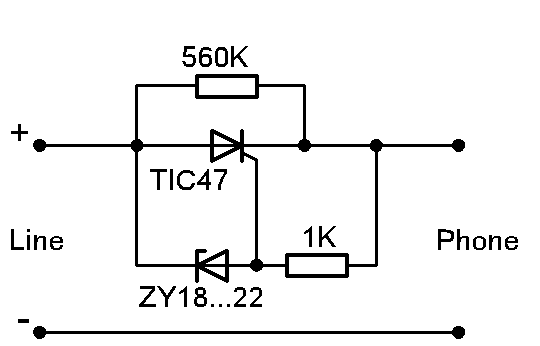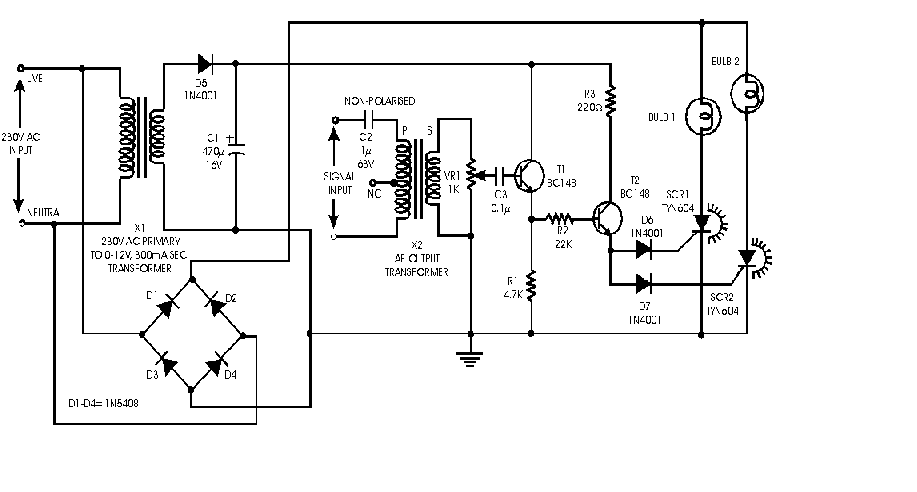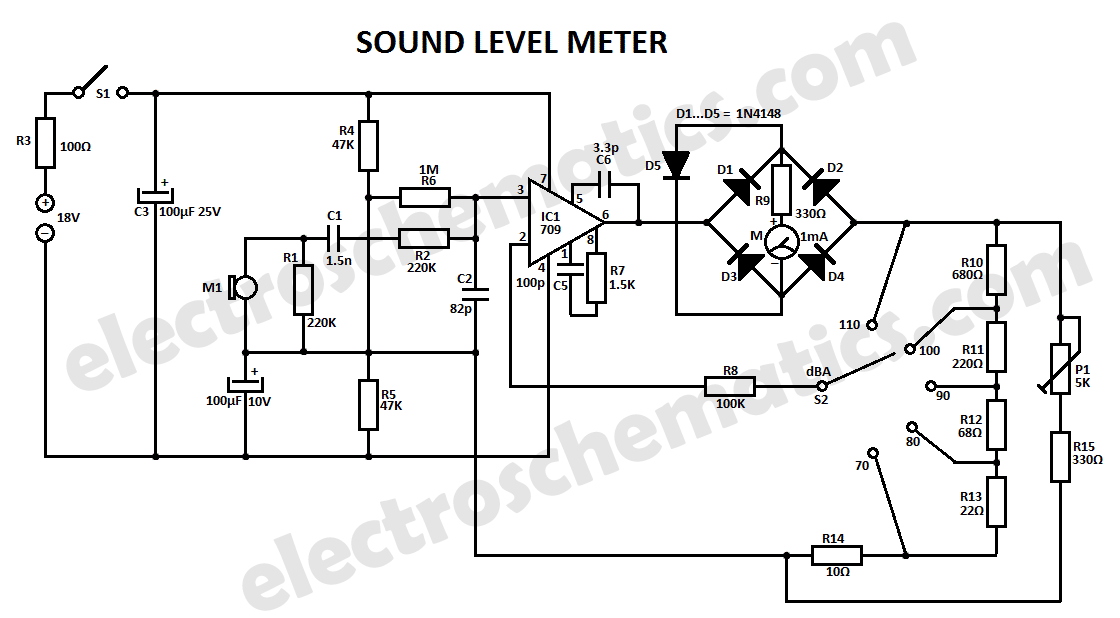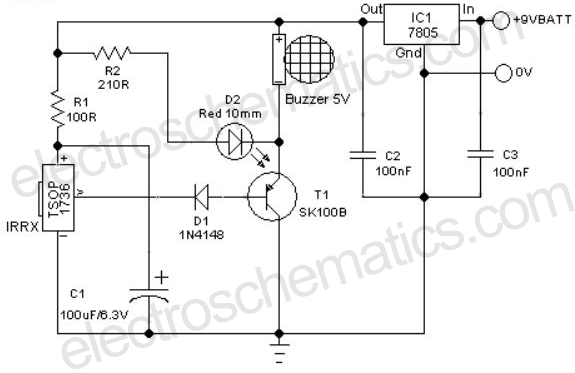
Stylus sand acoustic filter circuit diagrams
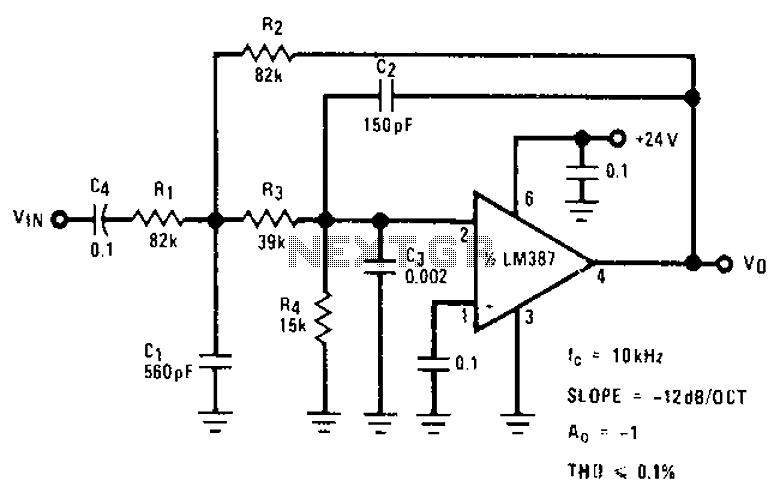
The circuit provides a passband gain of 1 with a corner frequency of 10 kHz, designed to eliminate high-frequency noise such as hiss, ticking, and popping sounds.
This circuit operates as a low-pass filter, effectively attenuating frequencies above the specified corner frequency of 10 kHz. The design typically incorporates an operational amplifier (op-amp) configured in a non-inverting setup to achieve the desired gain of 1. The low-pass filter characteristics can be implemented using passive components, such as resistors and capacitors, arranged in a first-order filter configuration.
In this circuit, the input signal is fed into the non-inverting terminal of the op-amp, while the feedback network, consisting of a resistor and capacitor, determines the cut-off frequency. The corner frequency (fc) can be calculated using the formula:
fc = 1 / (2πRC)
where R is the resistance in ohms and C is the capacitance in farads. By selecting appropriate values for R and C, the circuit can effectively filter out unwanted high-frequency noise while allowing lower frequency audio signals to pass through unaffected.
In practical applications, this circuit can be utilized in audio processing systems, such as mixers, amplifiers, or recording equipment, where the elimination of high-frequency noise is essential for achieving clean audio output. Additional considerations include power supply requirements for the op-amp and proper grounding techniques to minimize noise interference in the circuit. Circuit offers passband gain 1,10kHz corner frequency for eliminating high frequency noise such as hiss, ticking, popping sound.
This circuit operates as a low-pass filter, effectively attenuating frequencies above the specified corner frequency of 10 kHz. The design typically incorporates an operational amplifier (op-amp) configured in a non-inverting setup to achieve the desired gain of 1. The low-pass filter characteristics can be implemented using passive components, such as resistors and capacitors, arranged in a first-order filter configuration.
In this circuit, the input signal is fed into the non-inverting terminal of the op-amp, while the feedback network, consisting of a resistor and capacitor, determines the cut-off frequency. The corner frequency (fc) can be calculated using the formula:
fc = 1 / (2πRC)
where R is the resistance in ohms and C is the capacitance in farads. By selecting appropriate values for R and C, the circuit can effectively filter out unwanted high-frequency noise while allowing lower frequency audio signals to pass through unaffected.
In practical applications, this circuit can be utilized in audio processing systems, such as mixers, amplifiers, or recording equipment, where the elimination of high-frequency noise is essential for achieving clean audio output. Additional considerations include power supply requirements for the op-amp and proper grounding techniques to minimize noise interference in the circuit. Circuit offers passband gain 1,10kHz corner frequency for eliminating high frequency noise such as hiss, ticking, popping sound.
